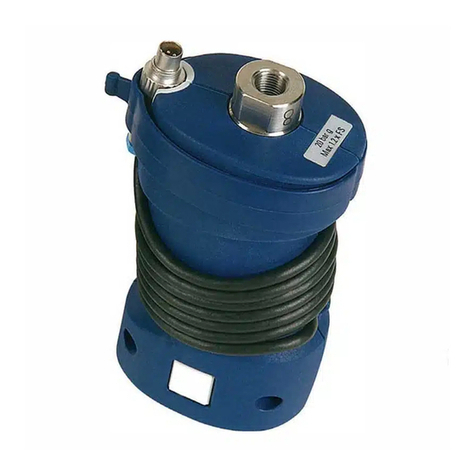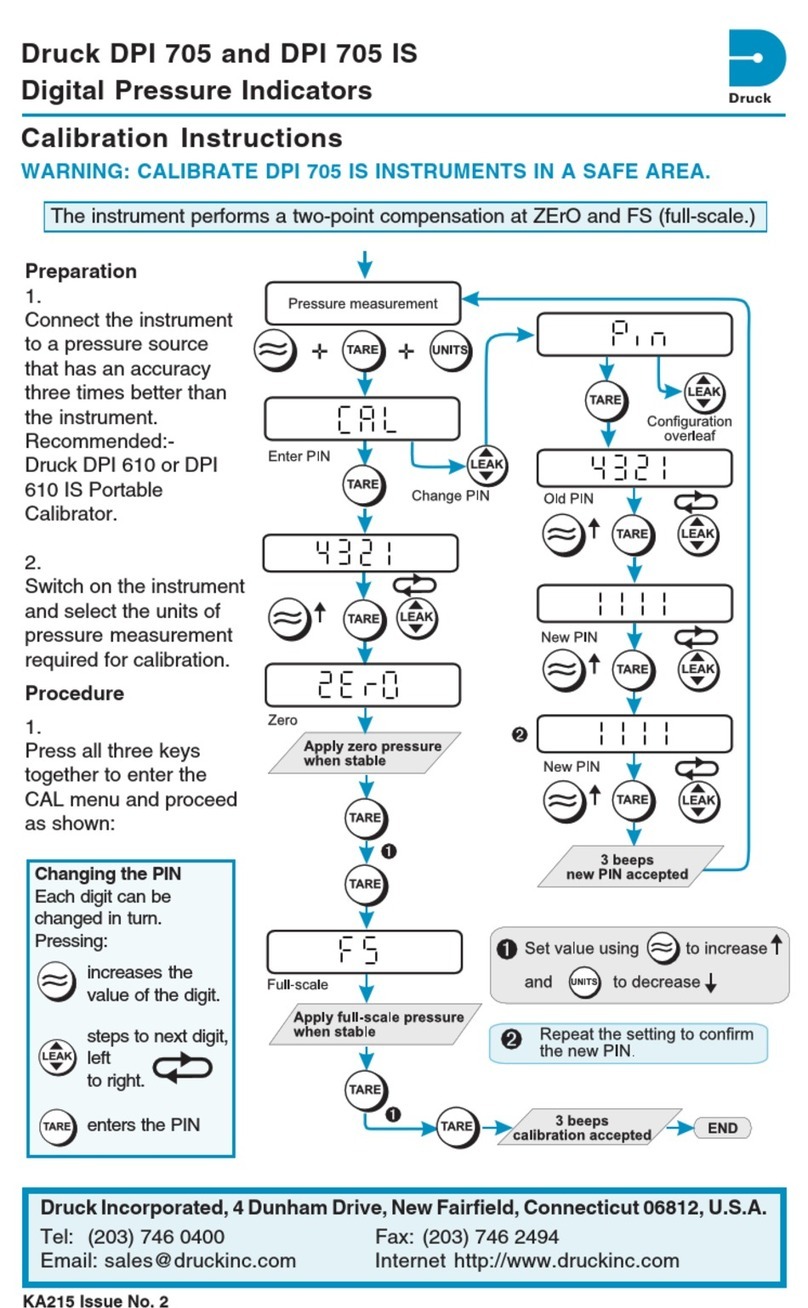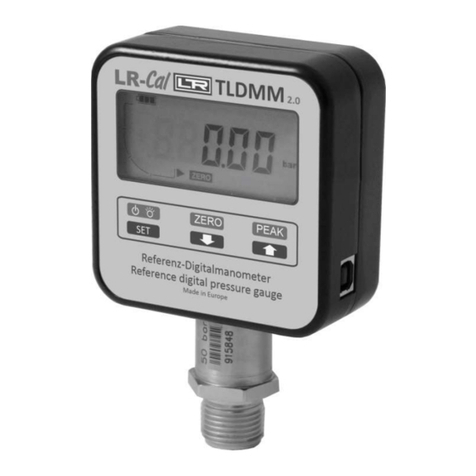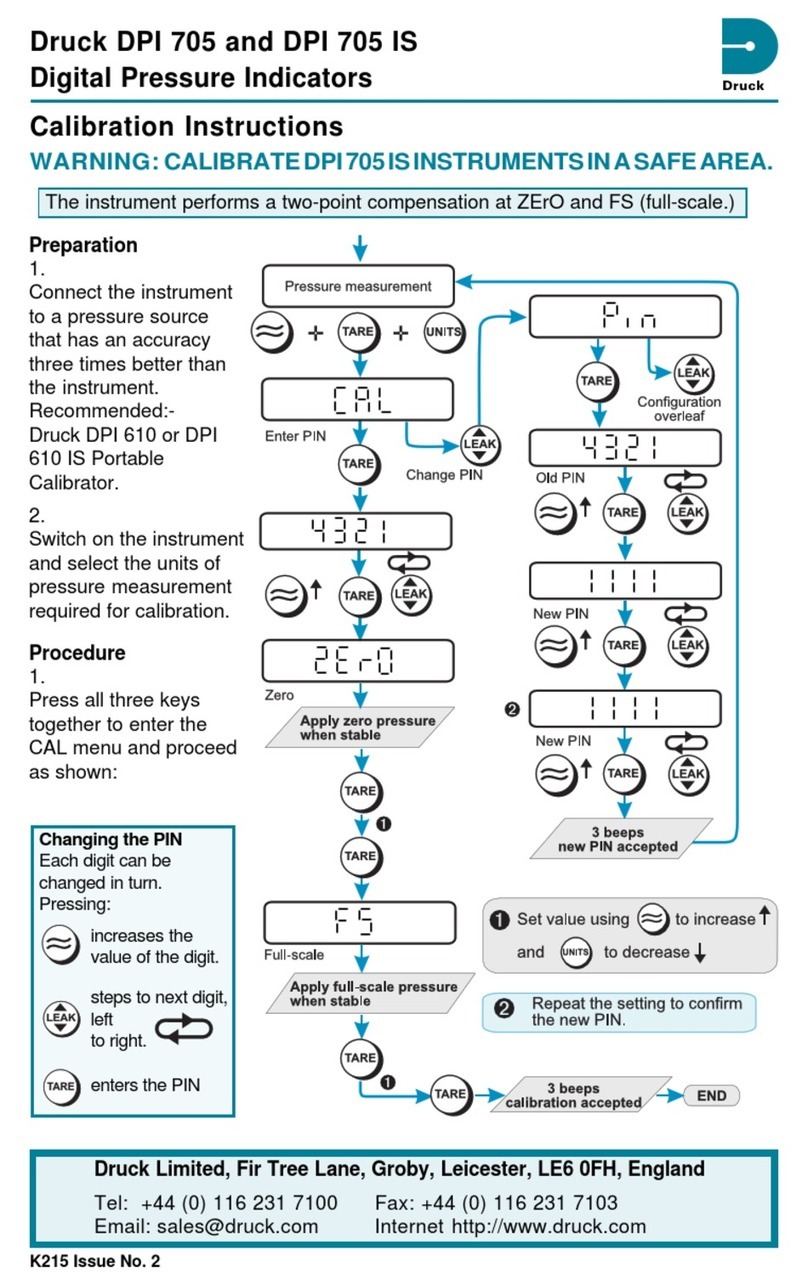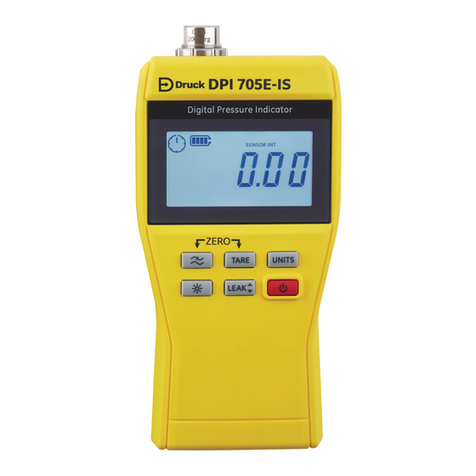
Copyright 2010 Baker Hughes Company.
ii | PACE Indicators Instruction Manual–English
Symbols
Symbol Description
This equipment meets the requirements of all relevant European safety directives. The
equipment carries the CE mark.
This symbol, on the equipment, indicates that the user should read the user manual.
This symbol, on the instrument, indicates that the user should refer to the user manual. This
symbol, in this manual, indicates a hazardous operation.
Ce symbole, sur l’instrument, indique que l'utilisateur doit consulter le manuel d’utilisation.
Ce symbole, dans le manuel, indique une situation dangereuse.
This symbol warns the user of the danger of electric shock.
Ce symbole alerte l’utilisateur sur le danger de choc électrique.
Do not dispose of this product as household waste. Use an approved organization that
collects and/or recycles waste electrical and electronic equipment. For more information,
contact one of these:
- Our customer service department: Druck.com
- Your local government office.
WARNING Turn off the source pressure(s) and carefully vent the pressure
lines before disconnecting or connecting the pressure lines. Proceed with care.
Only use equipment with the correct pressure rating.
Before applying pressure, examine all fittings and equipment for damage.
Replace all damaged fittings and equipment. Do not use any damaged fittings
and equipment.
Do not exceed the maximum working pressure of the instrument.
This equipment is not rated for oxygen use.
RISK OF ELECTRIC SHOCK The ground lead of the instrument must be
connected to the AC supply protective safety ground.
Isolate the power supply before making any electrical connections to the rear
panel.












